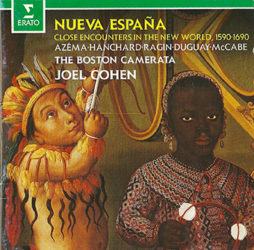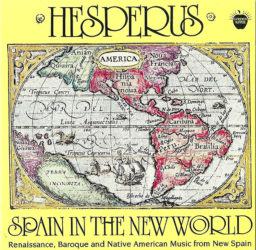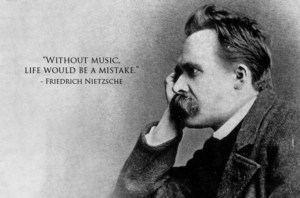 Nueva España: Close Encounters in the New World, 1590-1690
Nueva España: Close Encounters in the New World, 1590-1690
The Schola Cantorum Of Boston
The Boston Shawm
Sackbut Ensemble
Pedro Bermúdez, de origen granadino, uno de los más notables polifonistas del primer siglo de dominio español en el Nuevo Mundo, llegó a América luego de haber sido maestro de capilla suplente, junto a Francisco Guerrero, en la Catedral de Sevilla. A finales de 1596 embarcó hacia el virreinato del Perú y el 10 de septiembre de 1597 fue nombrado maestro de capilla de la Catedral del Cusco, en sustitución de Gutierre Fernández Hidalgo. A partir de 1600 tomó posesión del magisterio de capilla de la Catedral de Guatemala y posteriormente de la Catedral de Puebla de los Ángeles en México.
El legado musical de Pedro Bermúdez que ha perdurado hasta nuestros días está conformado exclusivamente por obras con textos en latín. Todas, excepto una, se encuentran en los libros de polifonía de la Catedral de Guatemala. Algunas de ellas aparecen duplicadas en varios libros de la Catedral de Puebla. Su lenguaje musical se apega al de la polifonía clásica del siglo XVI, pero presenta ciertos elementos rítmicos, armónicos y melódicos que apuntan hacia la nueva práctica del XVII. (Enrique Guerrero)
Palhinha: ouça: 03 . Deus in Adjutorium/ Domine ad Adjuvandum
Close Encounters in the New World, 1590-1690
Lobo, Alonso (Spain, 1555-1617)
01. Cum Audisset Joannes
Bocanegra, Juan Pérez (Peru, 1631)
02 .Hanacpachap Cussicuinin
Bermúdez, Pedro (Mexico, 1650)
03 . Deus in Adjutorium/ Domine ad Adjuvandum
Torrejón y Velasco, Tomas de (Spain, 1644 – Peru, 1728)
04. A Este Sol Peregrino
Aguilera de Heredia, Sebastián (Spain, 1561-1627)
05. La Reina de los Pangelinguas
Lienas, Don Juan de (Mexico, 1650)
06. Lamentatio
Ribayaz, Lucas Ruiz de (Spain, 1667)
07. Pabanas
Santiago, Frei Fransisco de (Portugal, 1578 – Spain, 1644)
08. Que se Ausenta
Fernandez, Gaspar (Portugal, 1570 – Mexico, 1629)
09. Xicochi Xicochi Conetzintle
Ximeno, Fabián (Mexico, 1650)
10. Ay Ay Galeguiños
Padilla, Juan Guitterez de (Spain, 1595 – Mexico, 1664)
11. Exultate, Iusti, in Domino
Bruna, Pablo (Spain, 1640)
12. Tiento
Fernandez, Gaspar (Portugal, 1570 – Mexico, 1629)
13. Dame Albriçia, ‘mano Anton
Padilla, Juan Guitterez de (Spain, 1595 – Mexico, 1664)
14. Gallego: Si al Nacer o Minino
Salazar, Antonio de (Spain, 1650 – Mexico, 1715)
15. Tarara, Tarara
Bocanegra, Juan Pérez (Peru, 1631)
16. Hanacpachap Cussicuinin
Araujo, Juan de (Spain, 1646 – Mexico, 1712)
17. Los Coflades de la Estleya
Murcia, Sebastián de (Mexico, 1700)
18. Cumba
Trad. (Gregorian Chant)
19. Agnus Dei
Victoria, Tomás Luis de (Spain, 1548-1611)
20. Agnus Dei | Missa Ave Regina
Zéspiedes, Juan García de (Mexico, 1650)
21. Guaracha: Convivando esta la Noche
Close Encounters in the New World, 1590-1690 – 1993
The Schola Cantorum Of Boston & The Boston Shawm & Sackbut Ensemble.
Director: Joel Cohen
BAIXE AQUI – DOWNLOAD HERE
XLD RIP | FLAC 369,0 MB | HQ Scans included
BAIXE AQUI – DOWNLOAD HERE
MP3 320 kbps | 180,5 MB | HQ Scans included
powered by iTunes 12.1.2 – 1 h 15 min
Outro CD do acervo do musicólogo Prof. Paulo Castagna. Não tem preço mesmo !!!!!!!!!
Boa audição

Avicenna

